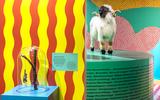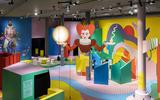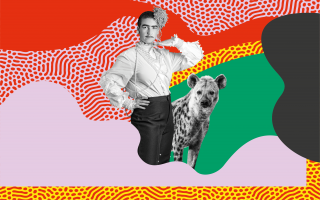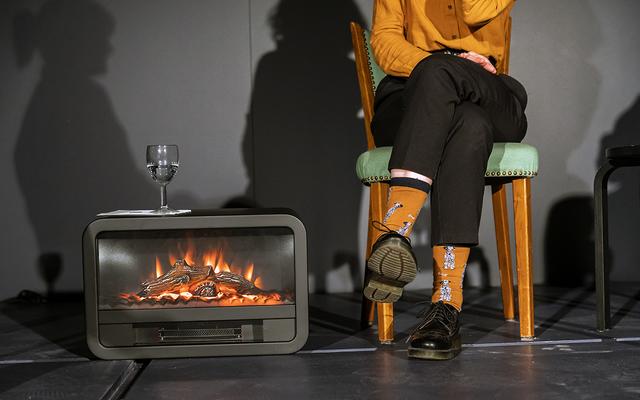"Queer" goes online: So you can visit our special exhibition from anywhere and at any time. Get an insight into the diversity of genders and sexual orientations in animals and humans.
«Queer – Diversity is in our nature»
Even though we use the term «queer» for humans, there is an extraordinary amount of queerness in the animal world. And even human gender is not as clear-cut as we often assume: Female and male are not fixed categories, but rather two poles between which there is a spectrum.
With the growing awareness of diversity in nature, social diversity is also gaining attention. We are in the midst of a social change, this activates creative forces and resistances at the same time.
The exhibition sends visitors on a journey of discovery into the «queer realm», a world that shows the colourful abundance in nature and society that can be found in the topic of gender and sexuality. An expedition in which the visitors also explore their own identity.

All visitors come to the exhibition with their own rucksack of prior knowledge and opinions - some move in the queer scene, others do not know exactly what «queer» even means. The exhibition tries to do justice to this gap by seeing itself as an offer: an offer to fill one's own backpack with new finds of knowledge and insights.
The four zones of the exhibition
In an intro film, the visitors are briefed for the upcoming adventure. They receive an expedition booklet as equipment. The booklet serves as orientation and documents the visitors' own personal expedition. At several stations and with a questionnaire, the visitors explore their own identity.
The first zone is about «queerness» in nature: it takes a detailed look at gender diversity in the animal world. It shows, for example, the clownfish, which can change its sex or the Caucasian field lizard, which has no males. What functions do such phenomena have? What evolutionary purpose do they fulfil - or do they even have to?
It is also discussed here that homosexual behaviour is widespread in the animal world (observed in over 1500 species) and that there are no generally fixed gender roles in nature. For example, the females of the spotted hyena are more aggressive than the males and have higher testosterone levels.
The English language is more precise when it comes to gender: it distinguishes between gender (social sex) and sex (biological sex). In German, «Geschlecht» is a rather comprehensive term.
The «Body Worlds» zone breaks down the concept of gender into its component parts and takes a comprehensive look at biological sex - which is more complex than most people probably assume. Scientifically speaking, as individuals we move along a spectrum that fans out between typically male and typically female. The biological sex of humans is determined by at least seven aspects.
In the vast majority of cases, gender diversity is not to be seen as a problem but as an enrichment - this is what the photographic installation «Wesensreise» by two artists (Daniel Bolliger and Timon Imveldt) stands for, which is in dialogue with the scientific facts.
Humans are cultural beings by nature. In this part we look at social aspects of queerness and the cultural impact of our gender diversity. Old norms and values are in flux, which creates resistance, but also constructive energy, for example in language, in culture - and in individual lives.
These forces are illuminated by a station with seven biographies, a language quiz and an identity quiz. The station «Creative engine» gives an impression of the sheer abundance of queer culture and «Destructive Forces» shows the reality that queer people still suffer from discrimination and violence. At the «Tree of Confessions», four bright minds (such as the psychoanalyst Peter Schneider) answer four relevant questions - for example, what is actually natural or how queer the Bible is.
On the gallery, visitors can not only take a look at the exhibition from above, they also take a look into the future. What will our society look like in twenty years? We take up two focal points here (sport and men bearing children) and at the end of the exhibition we let the youth have their say, who will shape the society of tomorrow.


